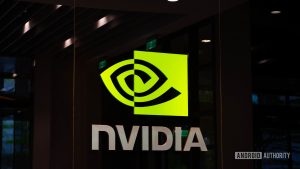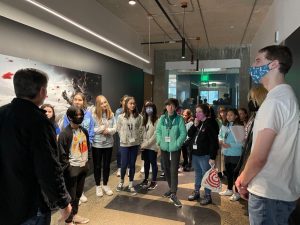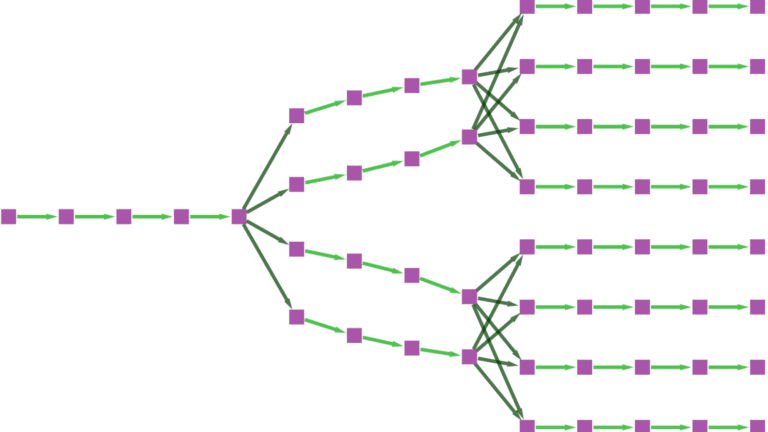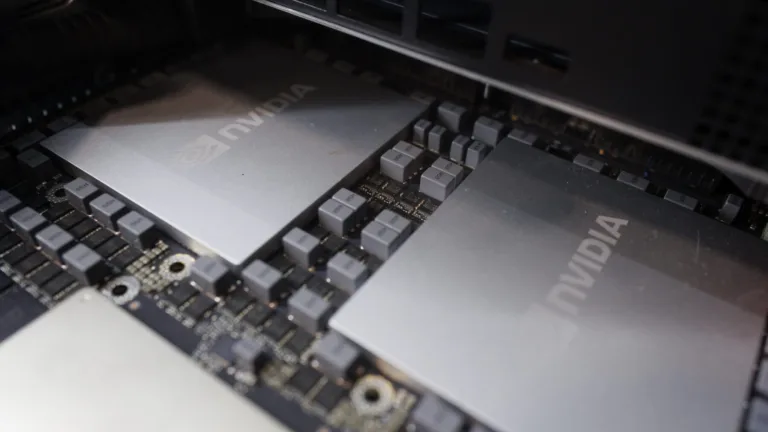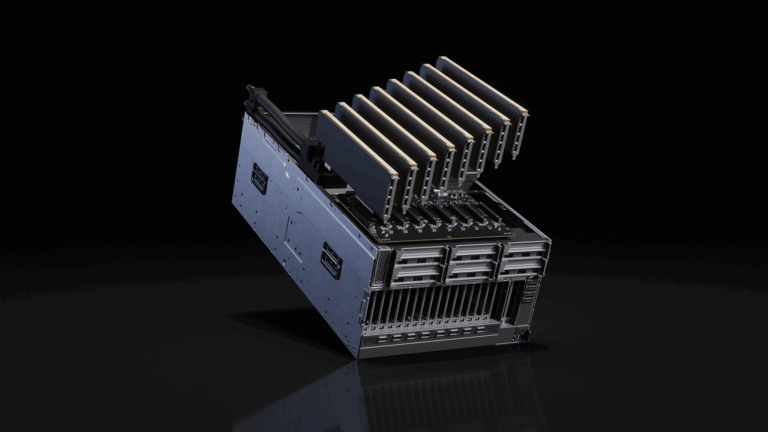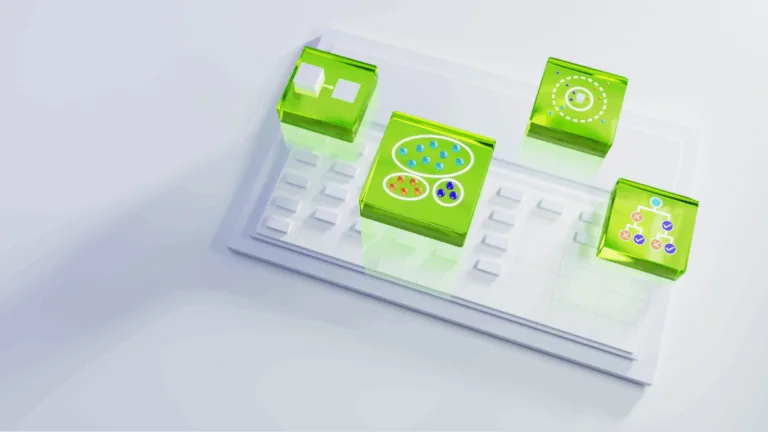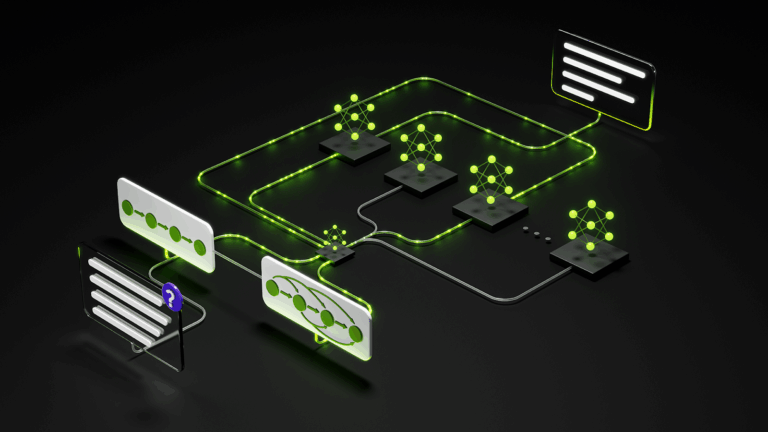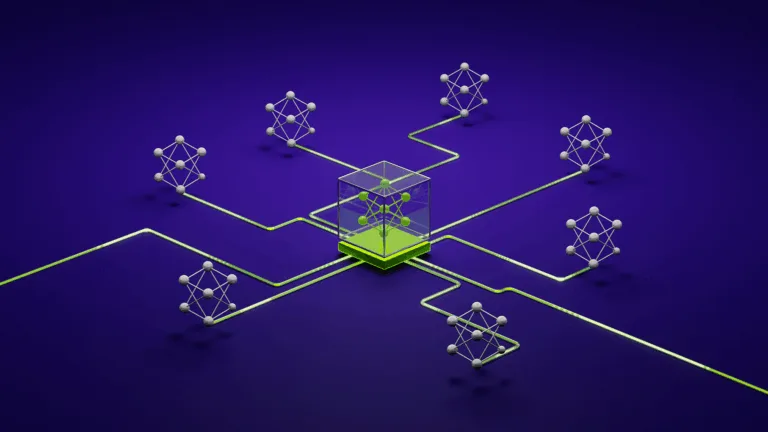The NVIDIA Jetson Orin Nano Developer Kit includes two 22 pin MIPI-CSI cameras. The Raspberry Pi v2.1 camera uses a 15 pin connector. You need to install an adapter cable to use the two together. Looky hereBackground
The Jetson Orin Nano includes 2 MIPI CSI-2 camera connectors with 22 pins. The pitch of the pins is 0.5mm. Previous Jetson developer kits with CSI camera connectors use 15 pins. The extra pins on the new connector allow for use with 4 lane cameras. These types of camera usually have more resolution and higher frame rates.
The actual connector operates slightly differently than the previous generation. The ribbon connector inserts parallel to the board. The earlier generation inserts perpendicular to the board. The ribbon cable is held in the connector using a press fit plastic retaining clip. We’ll say that the connectors aren’t particular robust, and care must be taken inserting, clamping, and removing the cable.
Items in the Video
In the video, we use:
- Raspberry Pi v2 camera
- Camera extension cable
- Waveshare Dual IMX219 Camera Module
The camera extension cables are available in all sorts of sizes. You should look around for one that fits your needs. While the video describes the Raspberry Pi v2.1 camera specifically, most CSI cameras use the same type of connection scheme.
It’s much easier to do this in real life than it appears in the video. The connectors are small, it’s difficult not to obscure them when filming.
Use with RPI v2.1 Camera
The older Raspberry Pi v2.1 cameras use a 15 pin ribbon cable. The pitch of the pins is 1.0mm. In order to connect the RPi camera to the Jetson, an adapting cable is a must.
When you first see the adapter cable, it’s a little counter intuitive. The 15 pin side is wider than the 22 pin side! This is due to the pin spacing, of course.

First, remove the ribbon cable from the Raspberry Pi Camera. The ribbon cable is held in by a press fit plastic retaining clip. The retaining clip is actually attached to the connector, so you must be careful when loosening it. You’ll only need to pull the clip out 2 or three millimeters to loosen the cable.

Also, you will want to be careful not to scratch the lens of the camera. The retaining clip slightly overhangs the side of the connector. You can use your fingernail or a small flat blade screwdriver to carefully loosen one side at a time. You should be able to pull the retaining clip out a couple of millimeters and then remove the cable.
After removing the cable, you are ready to insert the new one. The pin side of the cable goes towards the camera board. Shiny side down! Make sure that the cable seats all the way into the connector. Once the cable is in place, gently press the retaining clip in to capture it. Make sure that the retaining clip completely closes. Make sure that the cable didn’t wander out while you were pressing in the clip.
On the Jetson Side
The Jetson side installation process is much the same. Loosen the retaining clip, insert the cable, and then tighten the retaining clip. Make sure that the pins on the cable face towards the carrier board.

There are two camera connectors on the camera board. There are various ways to utilize them, one way is to use a dual camera module. In the video, we use a Waveshare Dual IMX219 Camera Module. This is a dual IMX219 sensor camera, people use them as inexpensive depth cameras.
There are several standards for the CSI camera connectors, with corresponding cables. Many of these cameras ship with cables with different connector sizes.
Testing
After installation, you’ll want to test. There are several ways to do this. One way is to use the JetsonHacks CSI-Camera repository on Github, which is useful if you’re using something like the Raspberry Pi v2.1 camera. For other cameras, you may need to alter some of the parameters to get full video fidelity.

